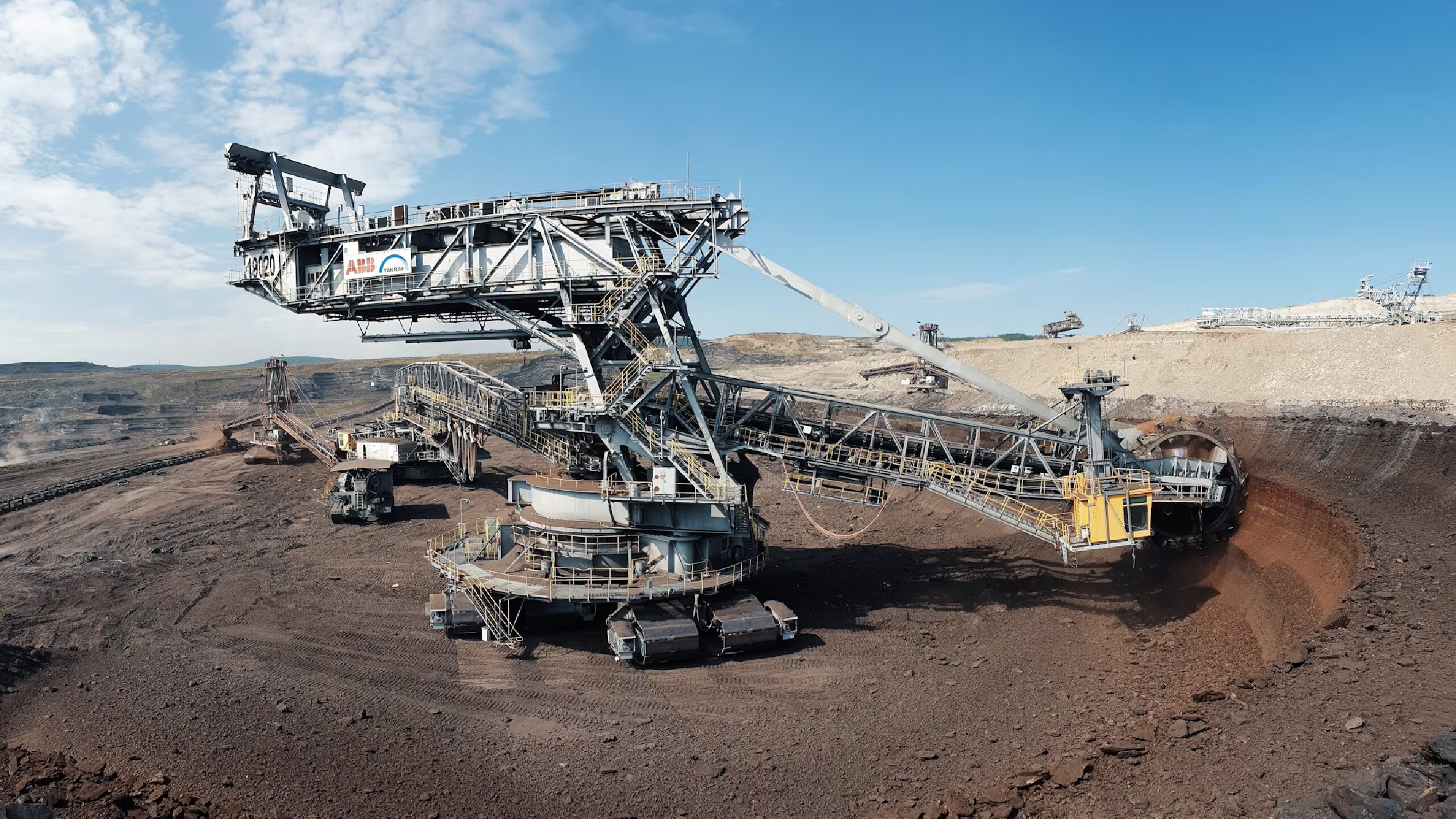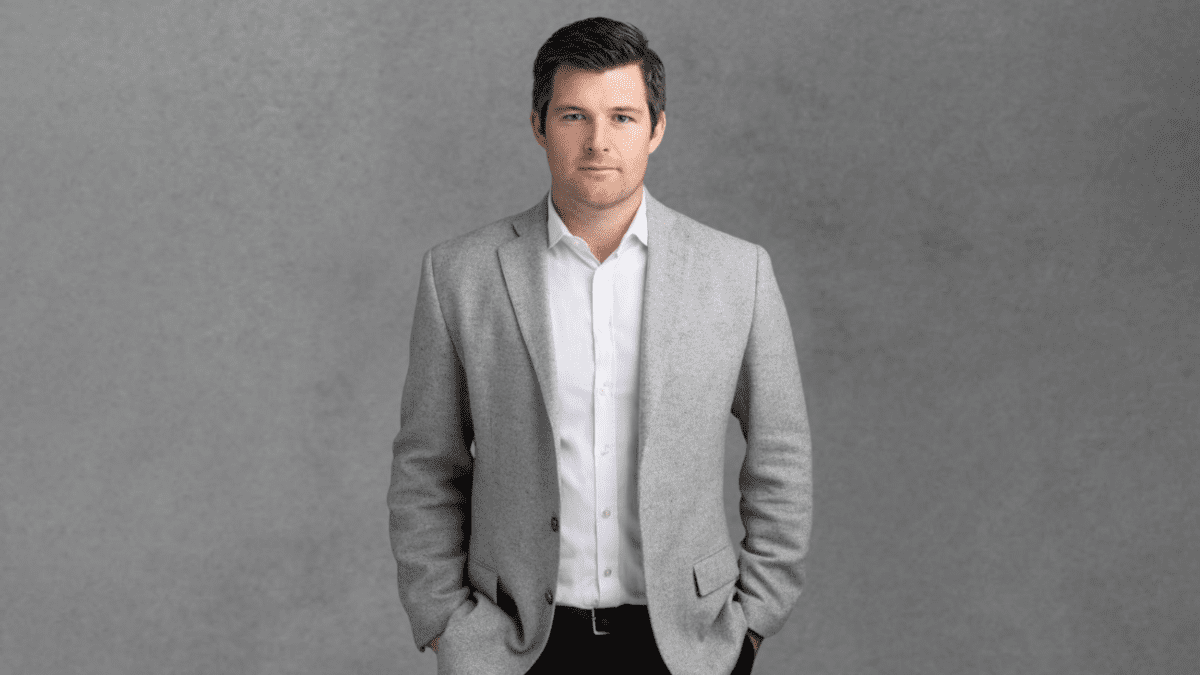Retirees finding comfort in materials, healthcare and financial stocks
Baby Boomers (1946-64) and the preceding generation have been well served by making health care, materials (mining) and financials their primary equity focus. While a report by the trading platform SelfWealth shows there are some nuances in the investing patterns of these two demographics, these sectors dominate their investment portfolios.
SelfWealth CEO Craig Keary says the pre-1946 generation is slightly different to the Baby Boomers in that while they’re attracted to financials – especially the banks – they are also interested in consumables such as Wesfarmers and Woolworths.
“There’s clearly a focus on quality, on well-known institutions that they’ve grown up with and trust. You can hypothesise that this long-term familiarity with these stocks has probably led them to this investment decision.”
As the research shows, Baby Boomers sector ownership has their allocation to financials and healthcare approaching 30 per cent of their portfolios, with materials not far behind at 25 per cent. For the pre-1946 generation, financials comfortably exceed 30 per cent, with materials a shade over 25 per cent, and healthcare around 23 per cent.
For Gen X (1965 – 1980), materials and financials are still on their radar – both exceeding 25 per cent – but healthcare is less than 10 per cent of their portfolios, while there is an increased focus on energy, technology and consumers (discretionary).
Across all three demographics, materials and financials are the trading standouts. On materials, the report says: “It’s the favourite for Selfwealth investors. It made up 42.7 per cent of all Selfwealth trades in calendar year 2023, which was almost as much as the combined trade volume across the next five most actively traded sectors.
“Trading activity was underpinned by strong interest in iron ore and lithium shares, and, to a lesser extent, gold and other mining shares, with price trends for these commodities supported by broader supply-demand themes that resulted in vastly different outcomes – positive for iron ore and gold but negative for lithium.”
Not surprisingly, financials took second place, although they lost by the length of the straight to materials – reflecting Australians ongoing love affair with mining companies, whether they be established miners or penny dreadfuls.
But financials have a loyal following, with the report noting they had the second highest volume of trades for any given sector at 13.1 per cent – popular with both short and long-term traders, with bank shares being the overwhelming source of activity.
“Amid a sharp increase in interest rates, and intense competition in the home loan market, observers scrutinised the banks’ lending books for signs of system and arrears growth.
“Investors also had to deal with a regional banking crisis in the US, where several institutions failed after bank runs occurred. This sell-off flowed through to local bank shares in March, but it coincided with a peak in Selfwealth trading volumes for the sector.”
There can be little doubt that fully franked franking credits, especially the ‘big four’, have been attractive to the pre-1946 generation and increasingly to Baby Boomers as they slip into retirement. Yet three of the ‘big four’ have hardly set the world alight in terms of their share prices (CBA has been the exception) since the GFC, but because of their income streams they continue to generate shareholder loyalty.
But with retirees now looking at not only longer lives but healthier too, it’s questionable whether an investment strategy built around income and capital preservation is going to be sufficient for many who can expect to live well into their 80s and 90s.
Will retirees, as they enter their 70s, be able to set and forget their investment strategies, especially if they have moderate balances? Probably not. Westpac might be currently yielding 5.4 per cent fully franked, but if its share price is treading water or even going backwards, as has happened over the past five and 10-year timespans, will retirees have the luxury of simply staying in a stock that’s depreciating in value. At the very least, it should be prompting a discussion with their adviser about income versus growth.









